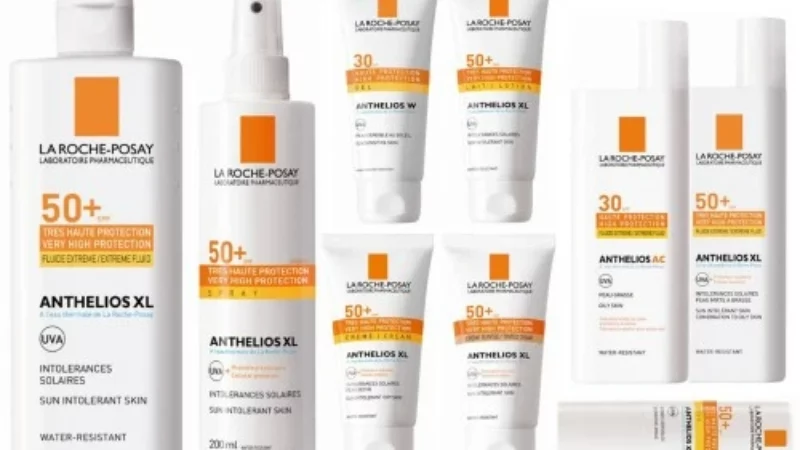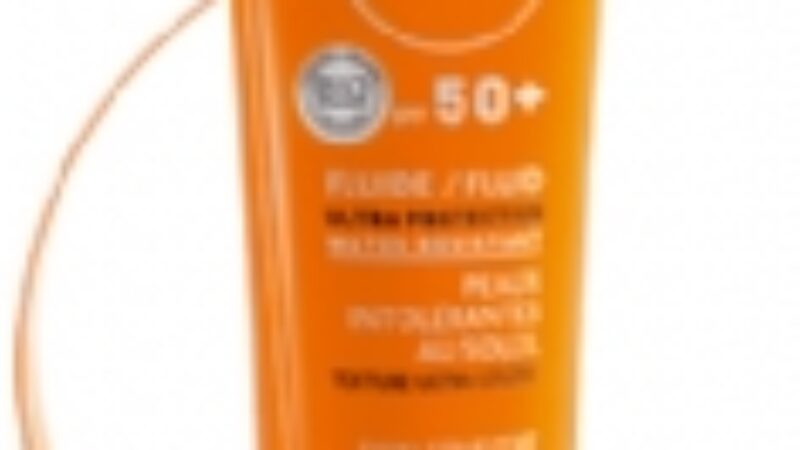It seems as if the majority of skin care products and cosmetics on the market today have some component that promises to get rid of wrinkles. Everything from moisturizers to makeup is marketed as being able to reverse the signs of aging. As you might imagine, millions of women who want to appear younger with healthy-looking skin are attracted to “anti wrinkle” creams and treatments. But, it’s important to note how cosmetic manufacturers use such phrases in their marketing to entice people to buy their products.
What do “anti wrinkle” and similar terms mean in the context of improving the appearance of your skin? I’ll explain how skin care companies weave these phrases into the advertising campaigns to increase their sales. Finally, we’ll look beyond the marketing into formulations that can address the issue of wrinkles and fine lines.
How Cosmetic Manufacturers Market Products
Cosmetic companies discovered long ago that there is an insatiable demand for skin care products that promise to make people appear younger. In fact, by including terms like “anti wrinkle” and “anti aging” on the packaging of their products, they can, in effect, market to our instinctive nature. But, what does “anti wrinkle” actually mean?
The term “anti wrinkle” is used in marketing to suggest that a skin care product can permanently reduce – or even remove – the appearance of wrinkles. That is, “anti wrinkle” creams and treatments are supposed to have the ability to erase signs of aging. Cosmetic manufacturers liberally use the term to imply that their product is the next miracle solution.
Looking Beyond Marketing
While many topical formulations contain ingredients that have proven track records for improving the appearance of your skin, many don’t deliver permanent results. What’s more, they can’t perform as effectively as Botox or laser treatments. And for some individuals, this may be fine. They either don’t have the budget or may be worried about the risks associated with these procedures. If you remember what causes wrinkles, you’ll understand why topical solutions are somewhat limited in what they can achieve. Wrinkles are caused by internal and external influences that limit the skin’s ability to retain moisture and the deterioration of collagen and elastin. An anti wrinkle cream or treatment can help (assuming it contains the right ingredients with a high enough concentration), but cannot erase the problem.
How To Reduce The Appearance Of Wrinkles
The best approach to dealing with wrinkles is to take preventative measures. You should apply a high-quality sunscreen that provides broad spectrum protection from both UVA and UVB rays. You should also use a moisturizer that can help your skin retain moisture. When skin is hydrated, the appearance of wrinkles and fine lines is minimized. Finally, try to avoid cigarette smoke and other irritants.
There are also several useful ingredients that can help prevent the spread of free radicals, which deteriorate collagen fibers. Topical formulations that contain retinol, antioxidants like vitamin C, and peptides such as Matrixyl not only help prevent free radical oxidation, but can also encourage production of new collagen.
In the end, be wary of “anti wrinkle” creams and treatments that seem to offer little more than slick marketing. If it sounds too good to be true, it probably is.




